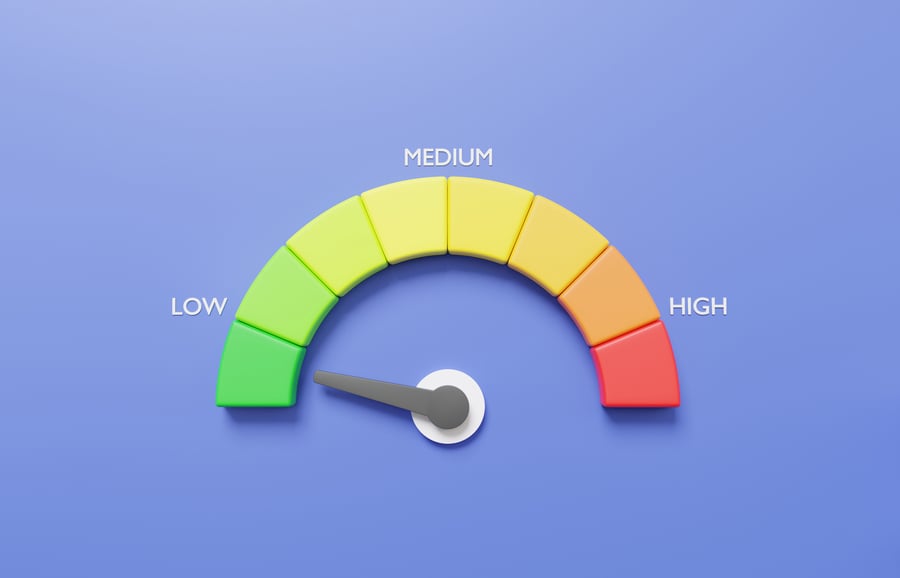If you provide your customers with any sort of credit, you need to have a credit policy. This protects your company and even staff from the risks that could occur if customers repeatedly pay their invoices late (or fail to pay at all due to bankruptcy).
It's vital that your credit policy is easy to understand, has been shared with your staff and that you've actually trained your employees on it. If they don't understand all the elements in your credit policy, you can be sure they might pursue business deals and work with suppliers who end up being unreliable, late payers.


